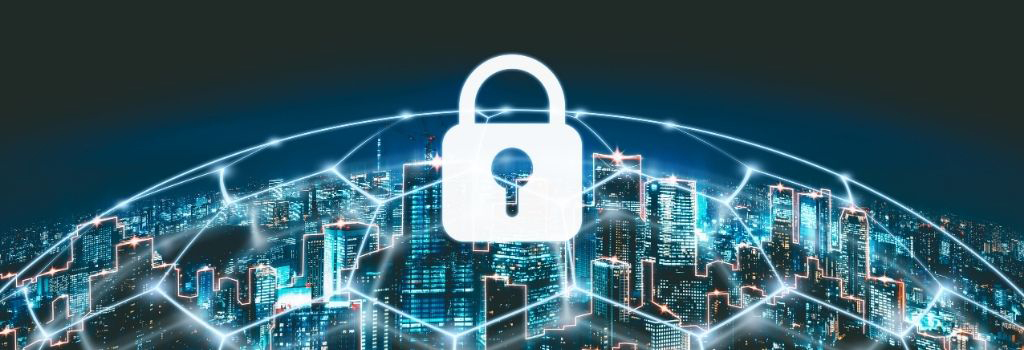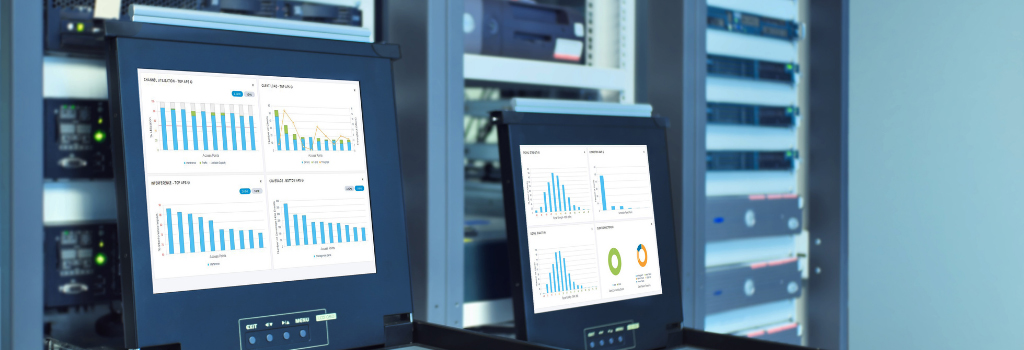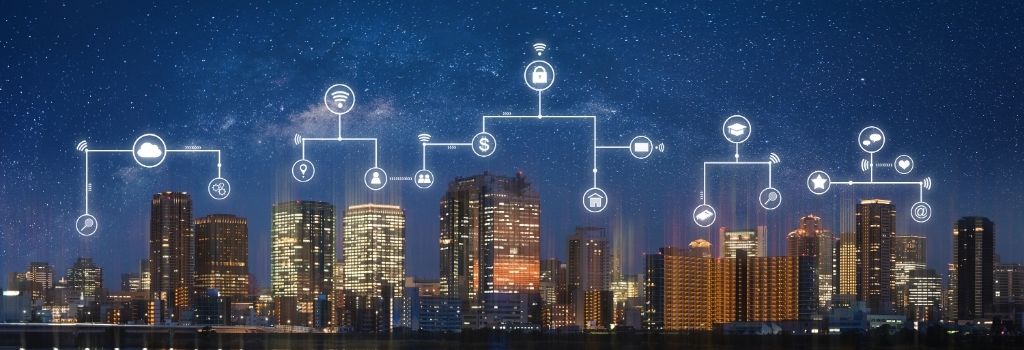- Информация о материале
- Категория: SD-WAN
The Covid-19 pandemic has created a ‘new normal’ of work-from-anywhere, making the transformation of both WAN and security architectures a top priority for the enterprise.
The disparity between workplace and in-home security is also brought to the fore, highlighting the inadequacy of any one-size-fits-all approach to security. With differing roles, devices and security policies in homes and businesses, an Edge Appliance must be able to automatically detect individual users and devices on the network and apply an appropriate security policy for each.
Подробнее: Whitebox Network Appliances Enable Cloud-based uCPE for SASE
- Информация о материале
- Категория: SD-WAN
Organizations with distributed branch offices are having difficulty installing and maintaining WAN implementations. Current WAN technologies are complicated, expensive, and rigid. For example, when provisioning a network service to a branch office, organizations require a new CE (Customer Edge) to be sent to the branch office, plus new lines, configuration, and synchronization with PEs (Provider Edge), and of course, the presence of a technician. The expenses end up being relatively high.
Подробнее: NFV-ready Whitebox uCPE Solutions for Distributed Enterprises
- Информация о материале
- Категория: Intelligent Systems
In dense urban environments where traffic flow is heavy, keeping up with traffic control and maintaining road safety at intersections with the heaviest traffic is often tricky as vehicles and pedestrians’ behaviors are erratic and unpredictable, not to mention the fact that not all are prone to follow the traffic regulations at all times.
Подробнее: LEC-2290: Edge AI Appliance For Traffic Infraction Prevention
- Информация о материале
- Категория: Intelligent Systems
Forest fires may have a variety of origins and causes but early detection and warning methods used to limit the extent of their damage are largely the same. Now, cutting-edge AI technology is enabling more rapid detection to facilitate greater advance warning.
Подробнее: Protecting Critical Infrastructure Using Network Edge AI Platform
- Информация о материале
- Категория: Power and Energy
Previously, OT (Operational Technology) and IT (Information Technology) though related were separate environments where OT industrial automation and control systems and IT enterprise digital networks were not connected. With the advent of IoT, it has become an agent for the integration of OT and IT.
- Информация о материале
- Категория: Network Computing
As an increasing number of businesses undergo digital migration, all aspects of the digital user experience are becoming increasingly important. Both the external customer experience, delivered via web applications, and the internal employee experience, delivered via SaaS or internal enterprise applications, are being transformed by the digitalization process. This has increased the need to monitor the user experience to optimize and improve it. That has required the development of improved monitoring technologies, including those that track both network performance and the user experience via Application Performance Monitoring (APM) and Digital Experience Monitoring (DEM).
Подробнее: Enterprise uCPE Strengthens Digital Experience Monitoring Deployment
- Информация о материале
- Категория: Telecommunication
As digital transformation progresses in the business world, networks are steadily gaining in importance. The building blocks of business digitalization are the infrastructure technologies that comprise it, including uCPE, vRAN, Cloud Edge, Aggregation Routers, IoT, and A.I., all of which share one thing in common – network centricity.
Подробнее: Enabling Secure and Intelligent Networking at WAN Edge with 10G uCPE Router












